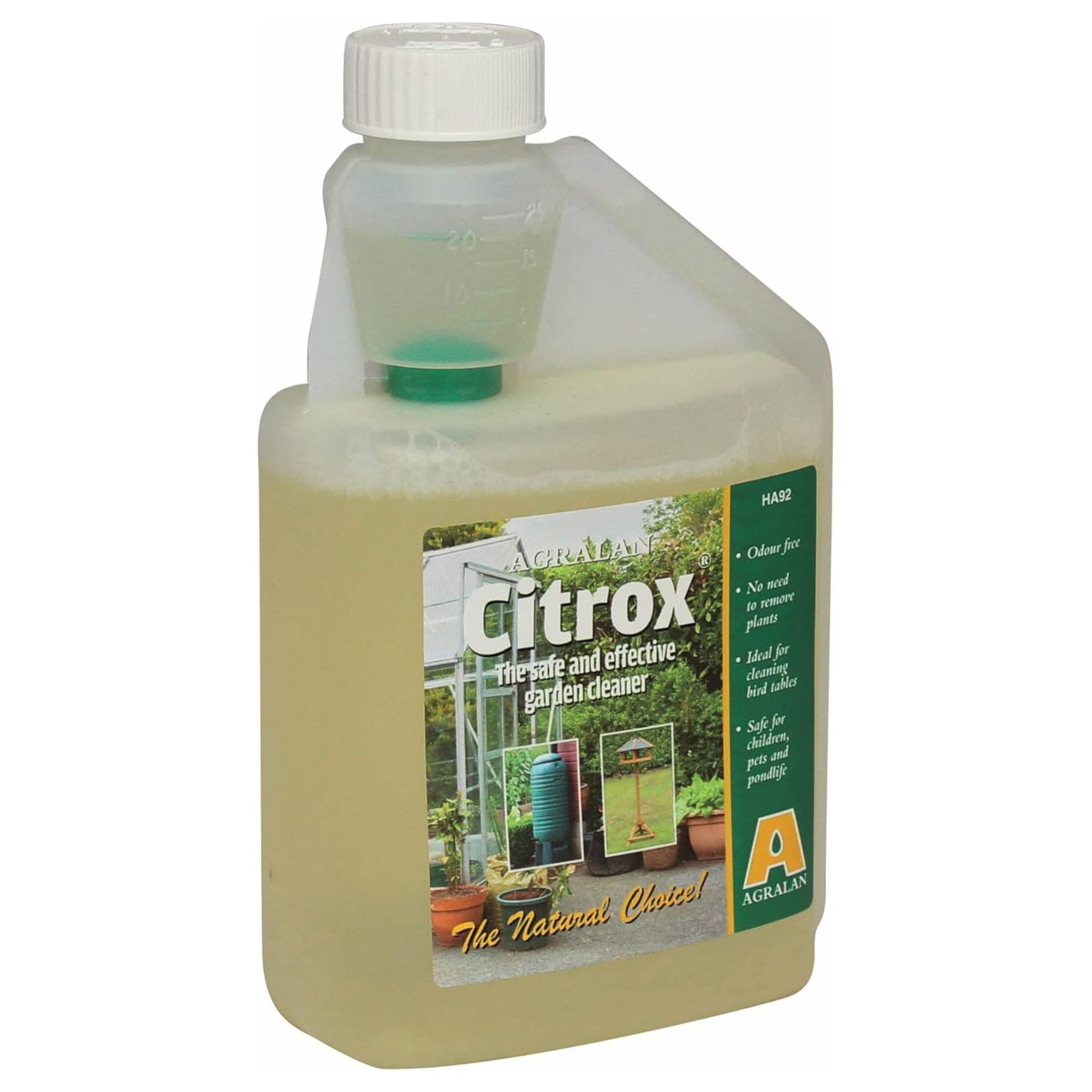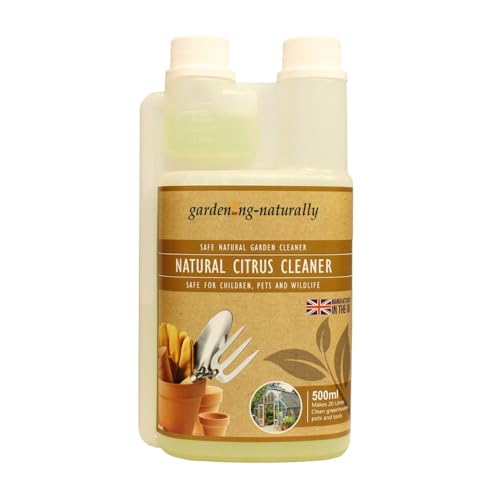Dahlia gall could be wreaking havoc on your garden plants – here's how to spot it, and what to do if your plants are infected
Nip dahlia gall in the bud before it affects the rest of your garden
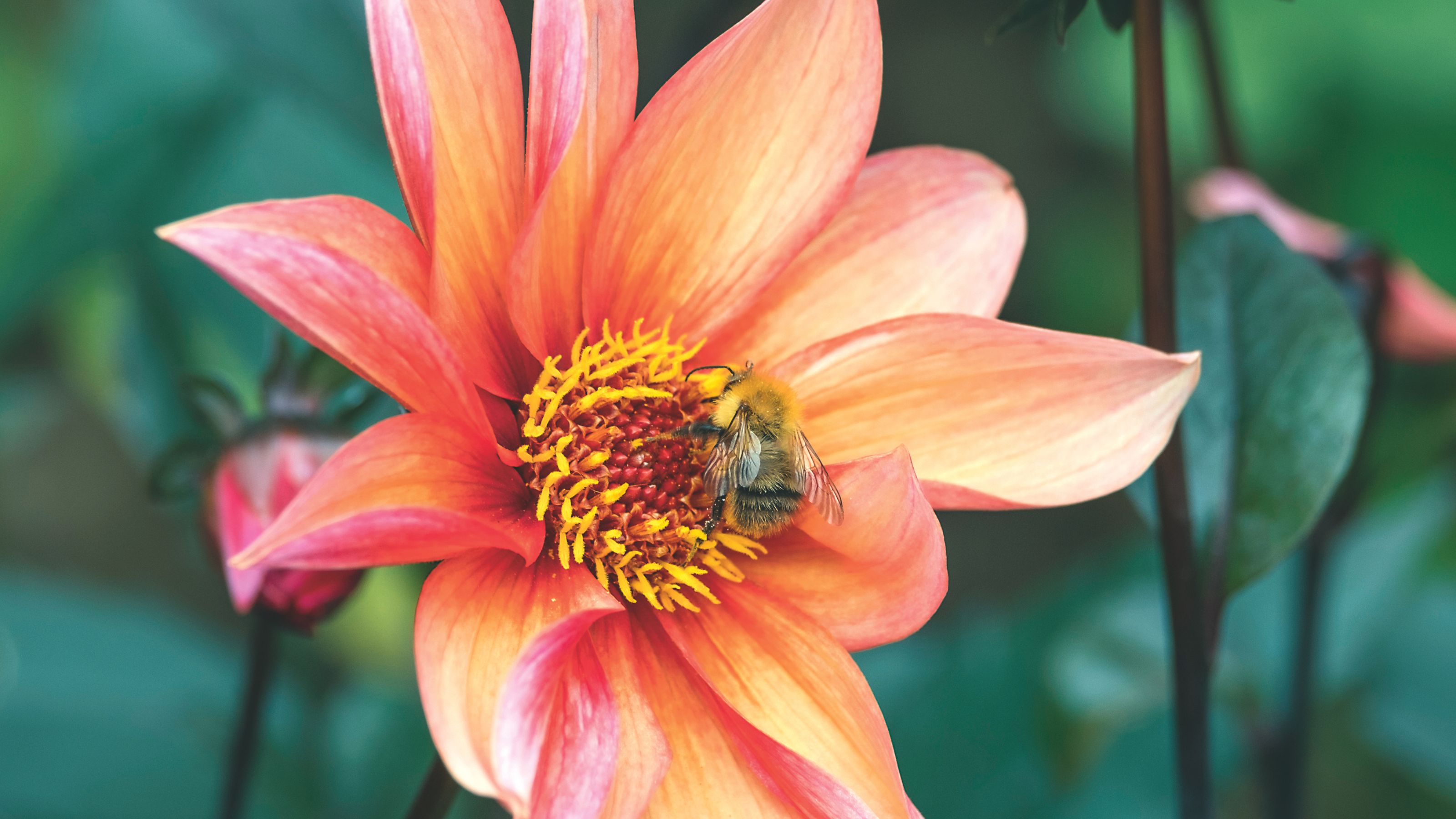

Ever heard of dahlia gall? I wouldn’t be surprised if you hadn’t – it’s not something I was familiar with before, either.
But since learning how to grow dahlias, I’ve stumbled across the term – and as it turns out, it’s quite a common dahlia problem.
To find out exactly what dahlia gall is, how to spot it, and whether or not it’s treatable, I checked in with a few trusted garden experts.
What is dahlia gall?
So, what is dahlia gall, exactly?
Well, it’s as unpleasant as it sounds – dahlia gall is a bacterial disease that can wreak havoc on your plants.
'"Leafy gall" has been around for decades and is caused by the bacteria Rhodococcus fascians,’ explains Josie Lewis, head gardener at Perch Hill. ‘The bacterium infects dahlias through existing wounds, piercing insects, water splash, and by people cutting and deadheading plants with unsterilised equipment.’
That’s why it’s so important to make sure you’re cleaning your garden tools properly every time you use them.
Because of the way it spreads, dahlia gall is something to keep in mind when you're dividing your dahlia tubers.
‘You should examine tubers carefully if you’re dividing them to avoid contaminating healthy stock at this stage,’ Josie advises.
What are the symptoms of dahlia gall?
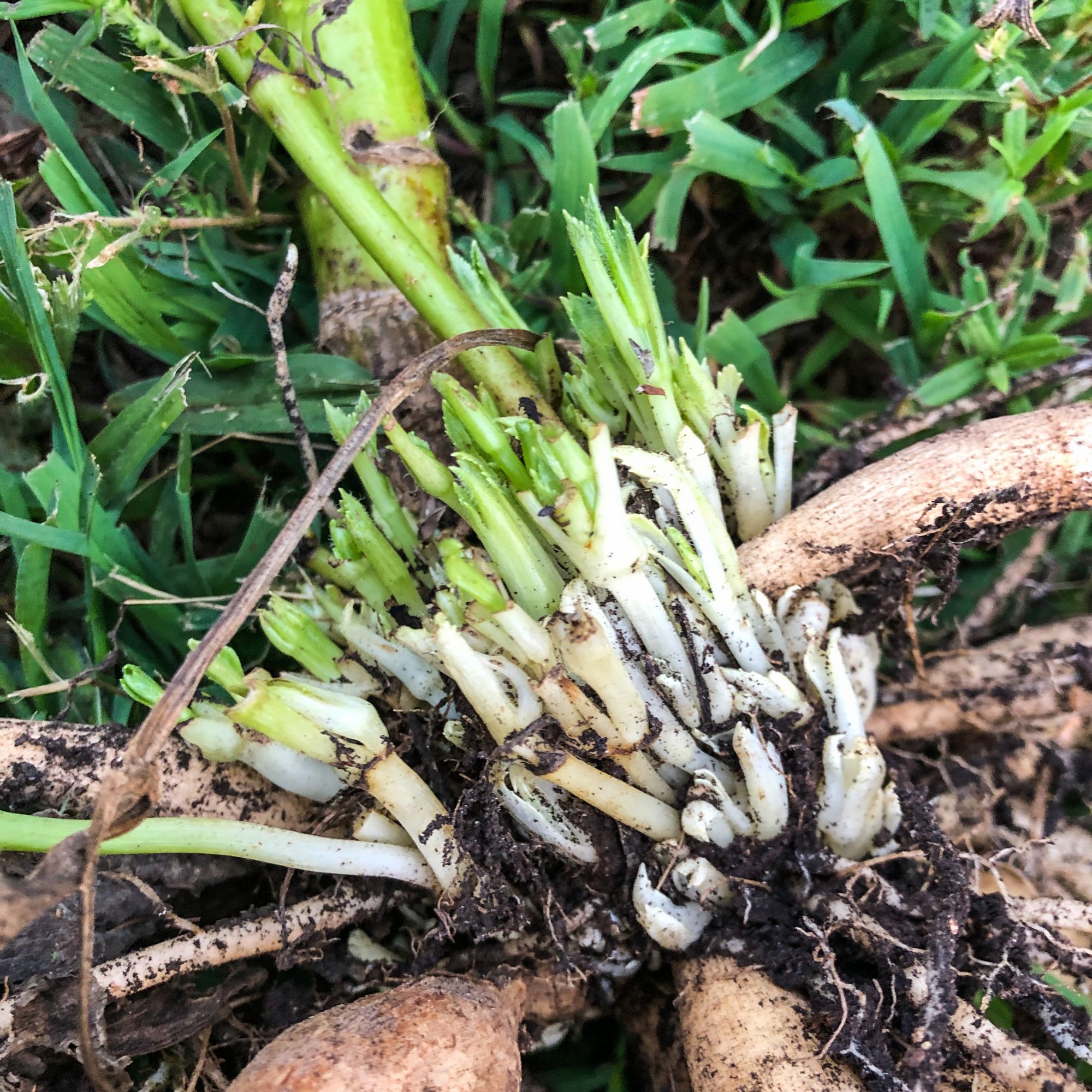
Now we know what dahlia gall is, we need to learn how to spot it. Luckily, there’s a very obvious tell-tale sign that your plants have fallen victim to dahlia gall.
‘It looks like a proliferation of shoots at the base of the plant,’ says Josie.
And that’s not all. ‘After entering the plant, the bacteria causes abnormal shoot development, a rapid increase in buds, reduced root development and fasciated stems,’ explains Graham Smith MCIHort, gardening expert at LBS Horticulture.
‘As the bacteria affect the hormone signalling of the plant, you may also notice dense clusters of tiny, hair-like sprouts or abnormal chlorophyll production.’
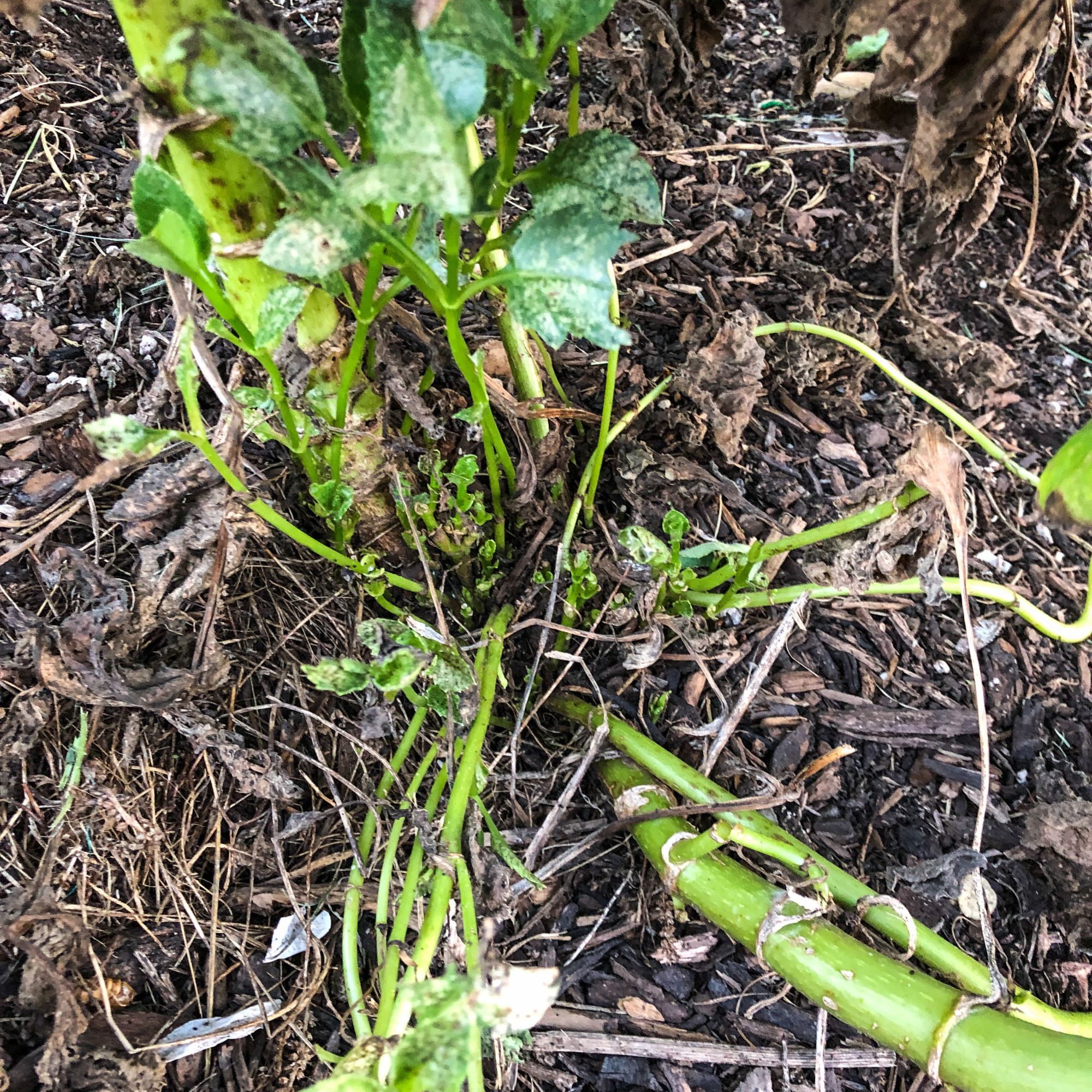
So, keep an eye on the base of the plant – if you notice any abnormal growth, it’s worth investigating a little further.
Josie also touched on a similar dahlia gall disease to watch out for – crown gall.
‘Another disease to be wary of in dahlias is crown gall, which is caused by Agrobacterium tumefaciens,’ she says. ‘These look like tumours on the dahlia tubers.’
What do I do if my plant has dahlia gall?
If you suspect dahlia gall has taken hold of your plants, you’ll need to act fast.
‘Unfortunately, dahlia gall is not treatable,’ says Josie. ‘If you find contaminated plants in the garden, carefully dig up and dispose of them. Growing dahlias with this proliferation of shoots will leave the plant weak and more susceptible to other diseases.’
Don’t throw them in the compost bin, though - Josie says you should put them straight in your council waste bin instead, because it isn’t just your dahlias that are at risk if dahlia gall is on the scene.
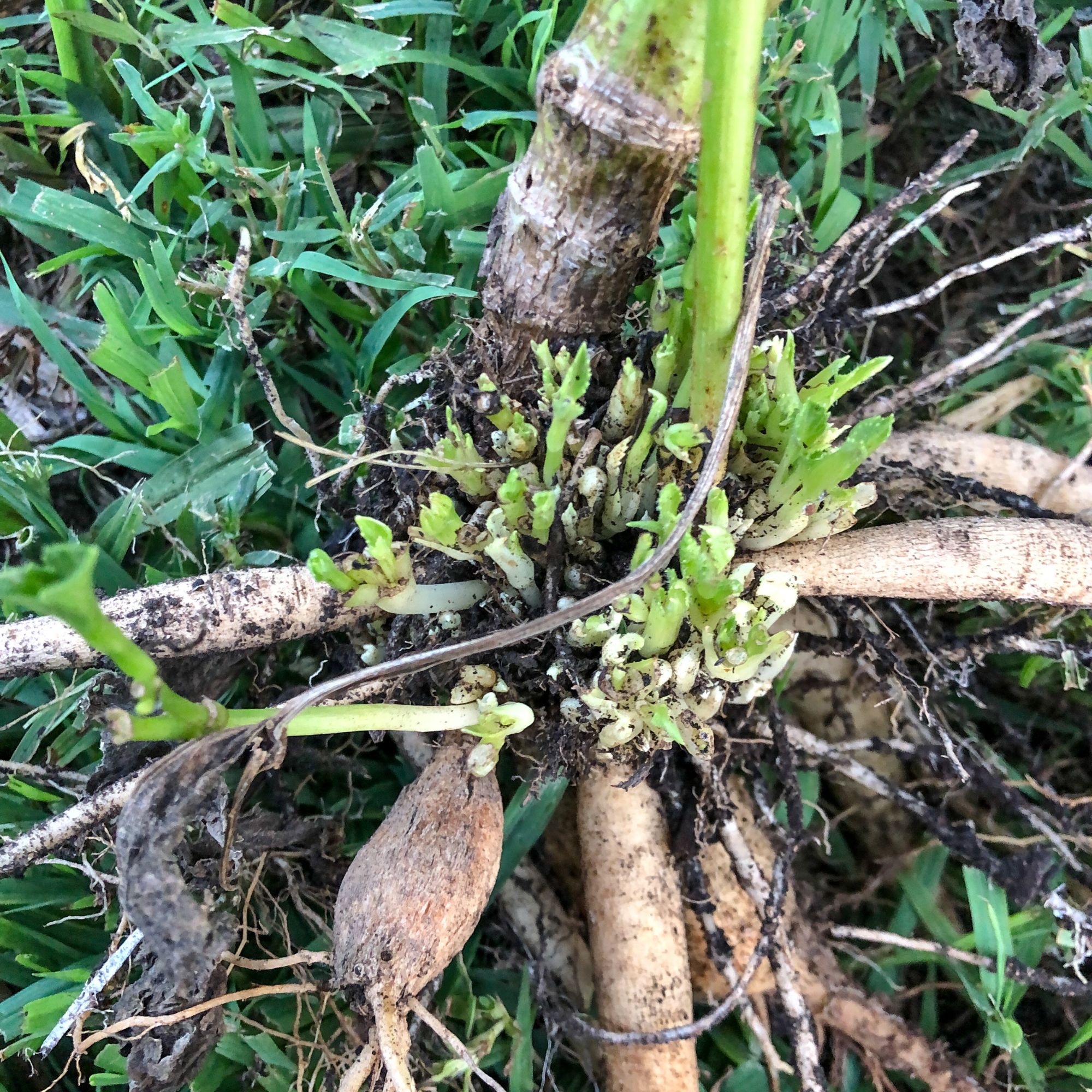
‘Although dahlia gall will not actually kill dahlia plants, it can spread to other plants in your garden and cause them to grow abnormally, especially if they are planted in the same spot where plants previously experienced gall,’ Graham explains.
That’s why crop rotation is so important – and the same applies to dahlias.
‘Don’t grow dahlias in the same spot, and always rotate plants as you would in a vegetable garden,’ says Josie. ‘It is hugely important to look after your soil to keep all plants stress-free and ready to cope with attacks by garden plant pests and diseases.’
Keep an eye out for dahlia gall this year, among other common issues like dahlia leaves turning yellow – but we've got a guide on that, too.
Get the Ideal Home Newsletter
Sign up to our newsletter for style and decor inspiration, house makeovers, project advice and more.

Sophie joined the Ideal Home team as Gardens Editor in June 2024. After studying English at Royal Holloway, University of London, she began writing for Grow Your Own, which spurred on her love of gardening. She's tried growing almost every vegetable under the sun, and has a soft spot for roses and dinnerplate dahlias.
As Gardens Editor, Sophie's always on the lookout for the latest garden trend. She loves sharing growing hacks for every space, from herbaceous borders to balconies.
You must confirm your public display name before commenting
Please logout and then login again, you will then be prompted to enter your display name.
-
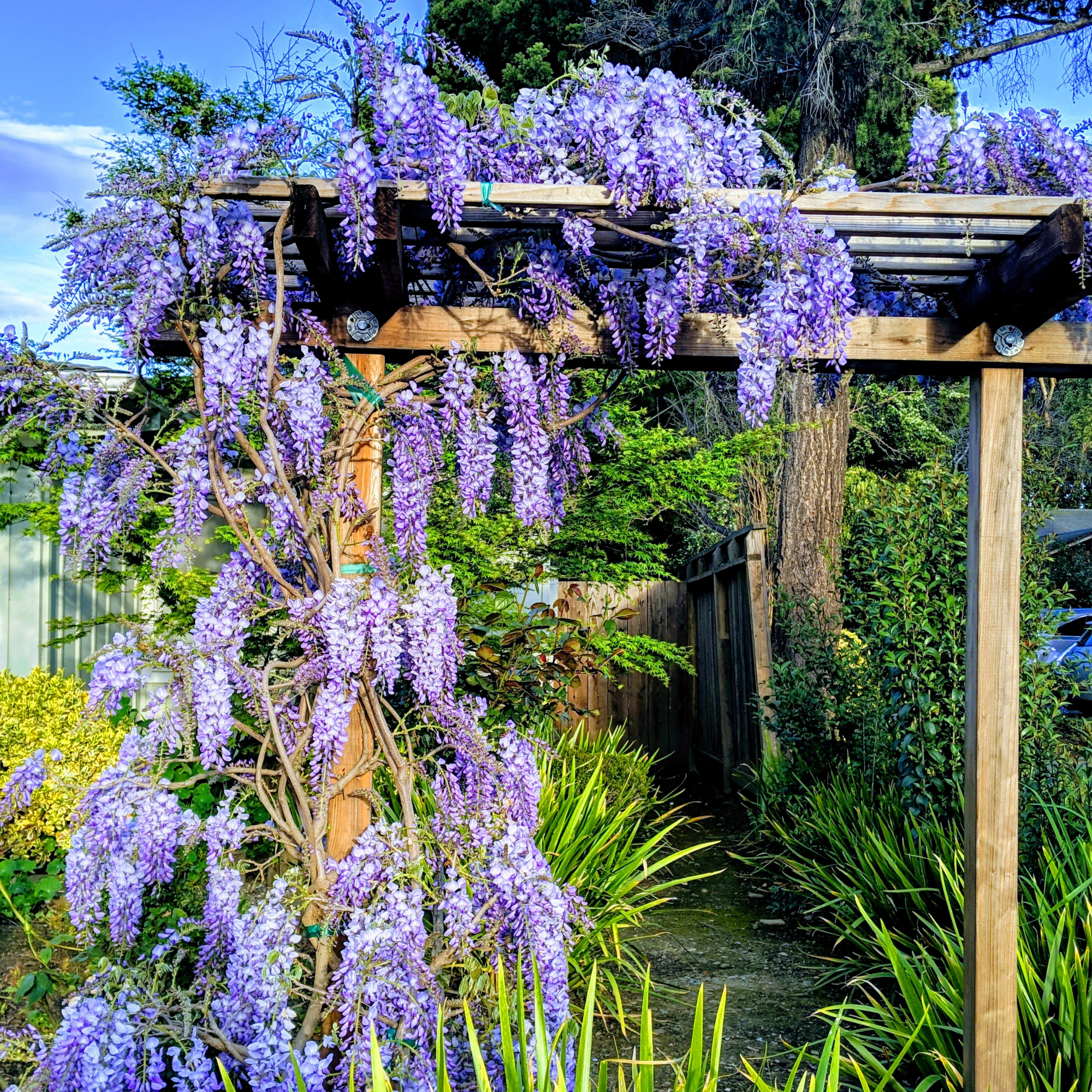 This is the best place to plant wisteria if you want beautiful romantic blooms, according to garden experts
This is the best place to plant wisteria if you want beautiful romantic blooms, according to garden expertsThis beautiful flower is on everyone's garden wishlist, and this is exactly where to plant it for best results
By Kezia Reynolds
-
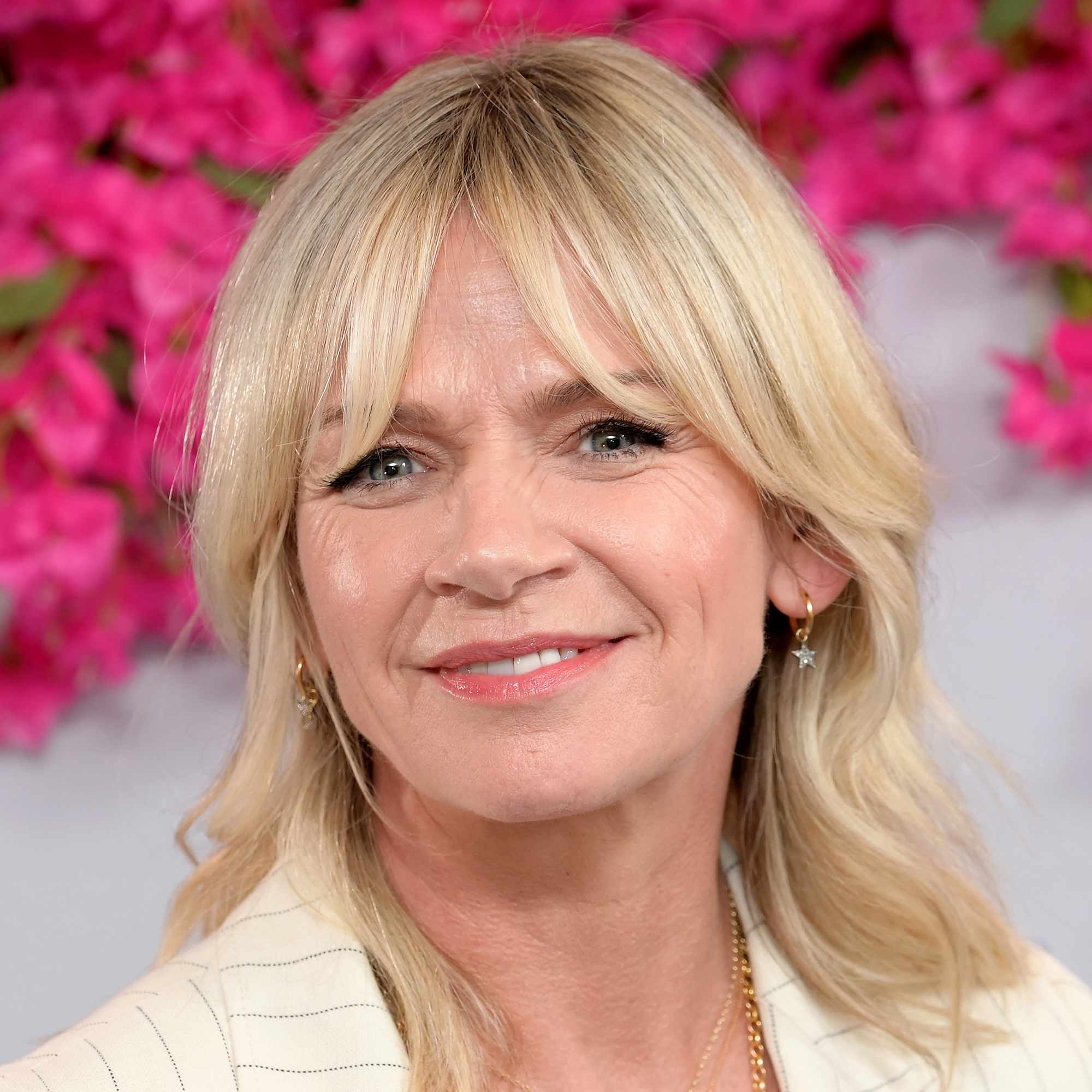 Zoe Ball's colourful kitchen island shows how easy it is to create a characterful cooking space - here's how she did it
Zoe Ball's colourful kitchen island shows how easy it is to create a characterful cooking space - here's how she did itBeing brave with colour will reap huge rewards
By Holly Cockburn
-
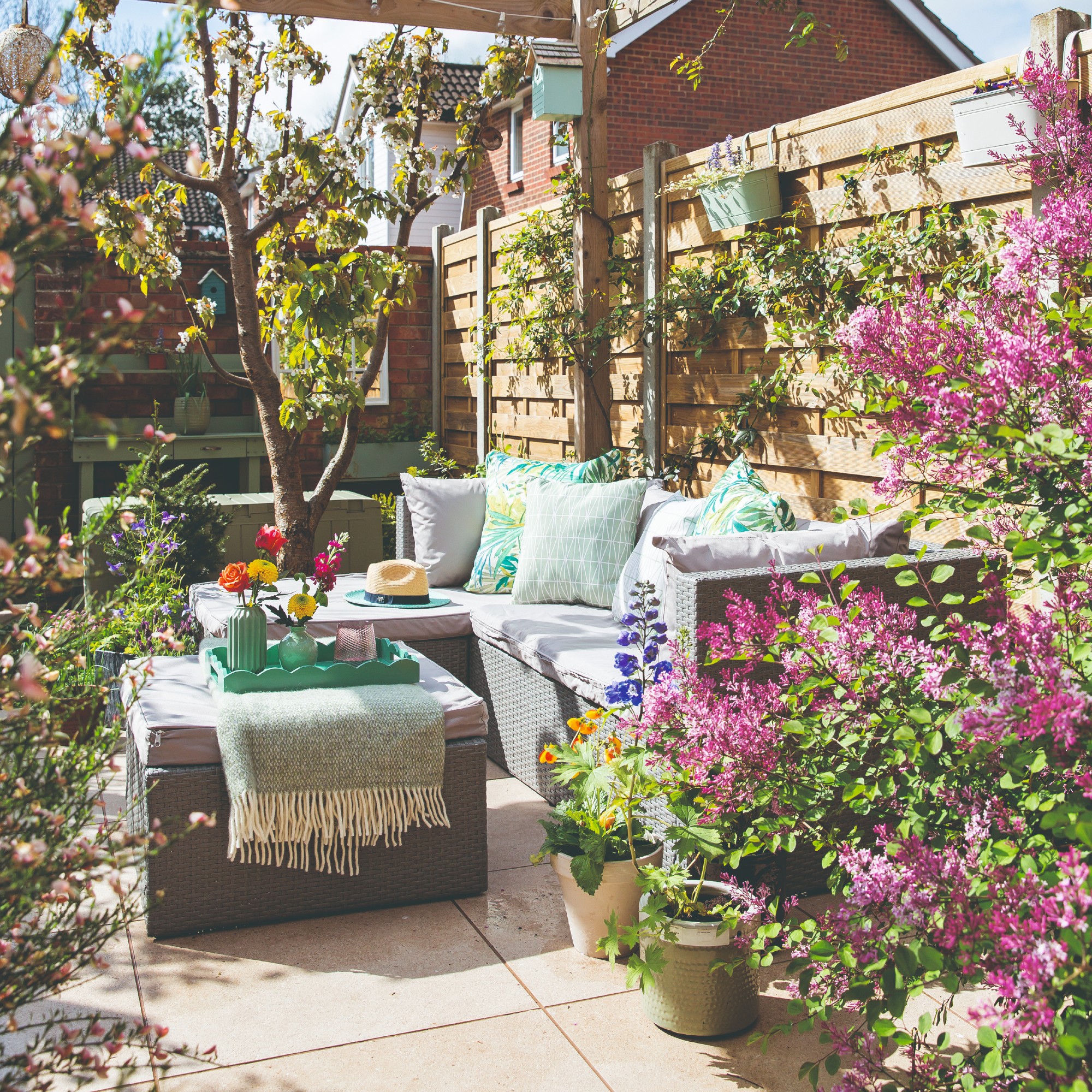 7 plants that will make your patio smell gorgeous - the top fragrant picks experts recommend potting up
7 plants that will make your patio smell gorgeous - the top fragrant picks experts recommend potting upFrom aromatic flowers to fragrant herbs
By Kayleigh Dray
